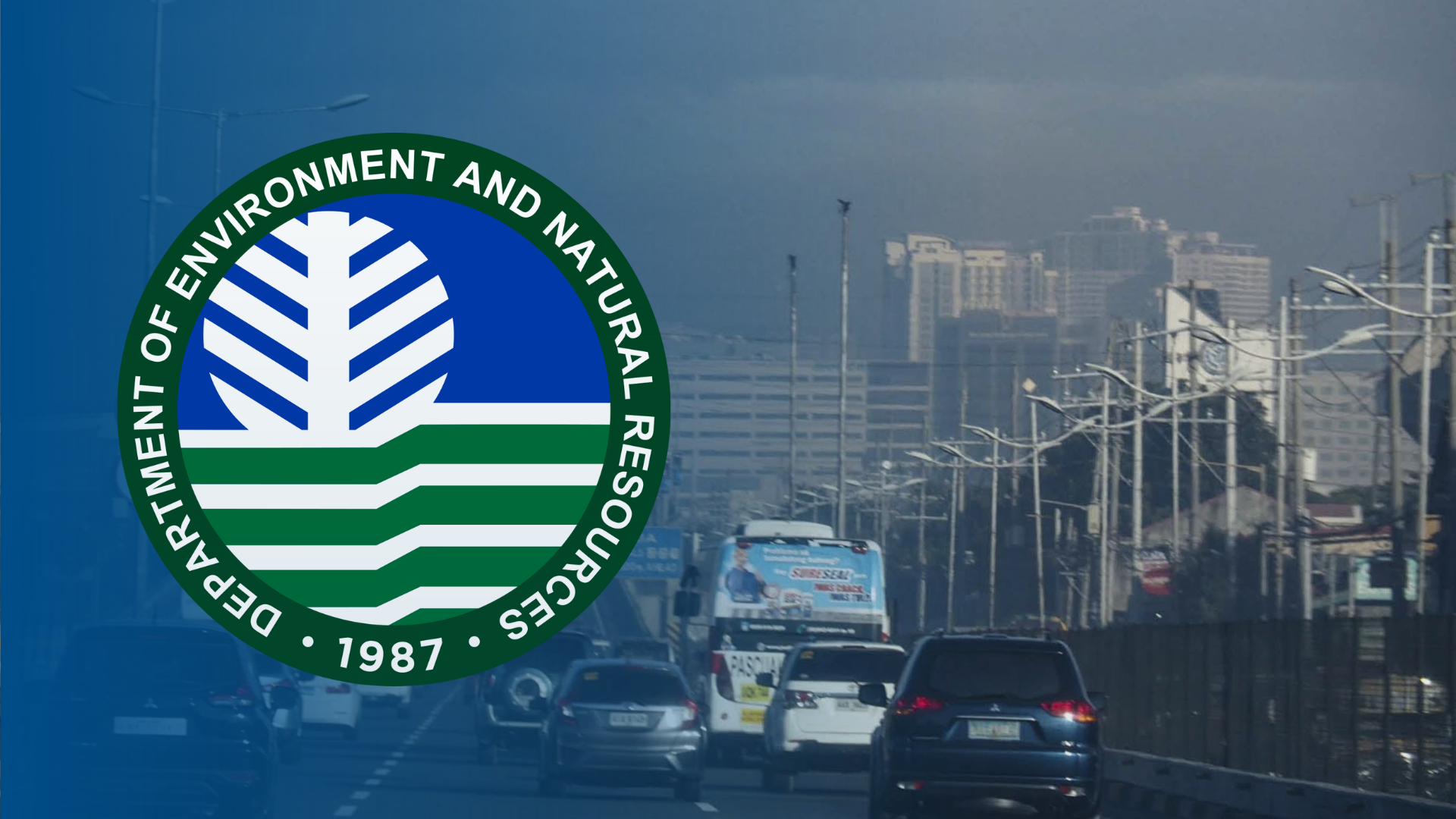DENR: Metro Manila air quality still ‘good to fair’
MANILA, Philippines — The air quality in Metro Manila remains under “good” to “fair” condition as of 8 a.m. on Wednesday, the Department of Environment and Natural Resources (DENR) said.
Below is the list of areas and their respective air quality index (AQI) tested for air pollutants under Particulate Matter (PM) 10 and PM 2.5 categories, based on the DENR-Environmental Management Bureau’s (EMB) real-time ambient air quality monitoring:
PM 10
Caloocan – good (40 AQI)
Makati – good (44 AQI)
Article continues after this advertisementMandaluyong – good (27 AQI)
Article continues after this advertisementParañaque – good (39 AQI)
Pasig – good (32 AQI)
Pateros – good (47 AQI)
San Juan – good (24 AQI)
Taguig – good (48 AQI)
PM 2.5
Caloocan – good (46 AQI)
Makati – good (48 AQI)
Parañaque – good (48 AQI)
Pasig – good (42 AQI)
Pateros – fair (70 AQI)
PM 10 is a microscopic matter measuring 10 micrometers or less and is suspended in the air. An example of PM10 is dust from roadways and construction sites, according to the EMB.
On the other hand, PM2.5 are particles that measure 2.5 micrometers or less and can enter the lungs and the bloodstream.
Based on the agency’s bulletin, air quality under the “good” category (0 to 50 AQI) is considered “satisfactory, and air pollution poses little or no risk.”
Meanwhile, those under “fair” (51 to 100 AQI) are acceptable, “however for some pollutants, there may be a moderate health concern for a very small number of people who are unusually sensitive to air pollution.”
On Tuesday, Philippine Institute of Volcanology and Seismology Director Teresito Bacolcol clarified that the haze in Metro Manila is “likely due to local pollutants” and not vog.
Earlier, the Municipal Disaster Risk Reduction Management Council of Talisay town in Batangas announced that there is an “increased presence of volcanic smog (vog) in the area” due to “the ongoing degassing activity of Taal Volcano.”
Vog contains droplets that carry volcanic gases such as sulfur dioxide that can irritate the eyes, throat, and respiratory tract.
Meanwhile, smog is derived from smoke and fog and can also reduce visibility.
